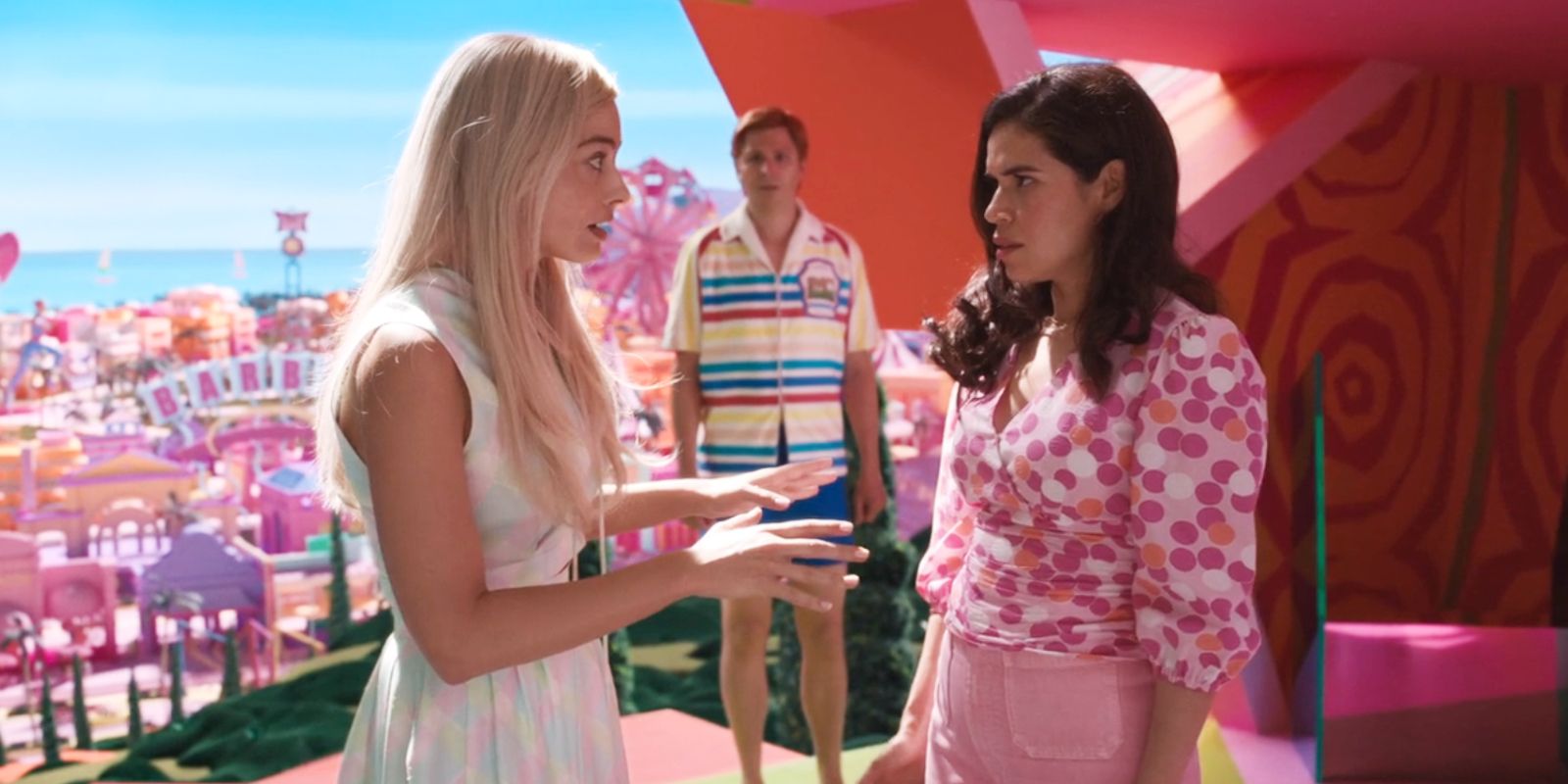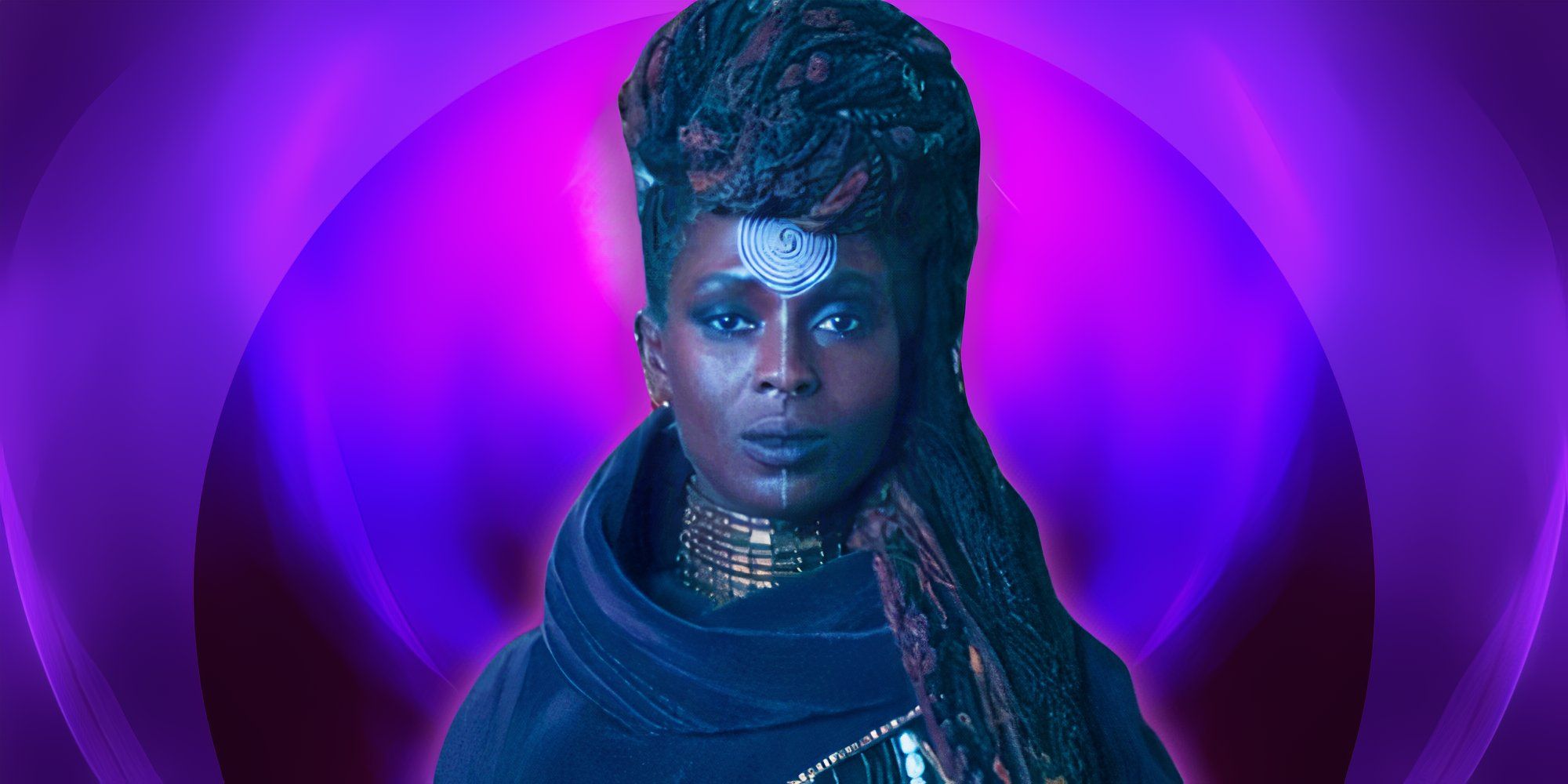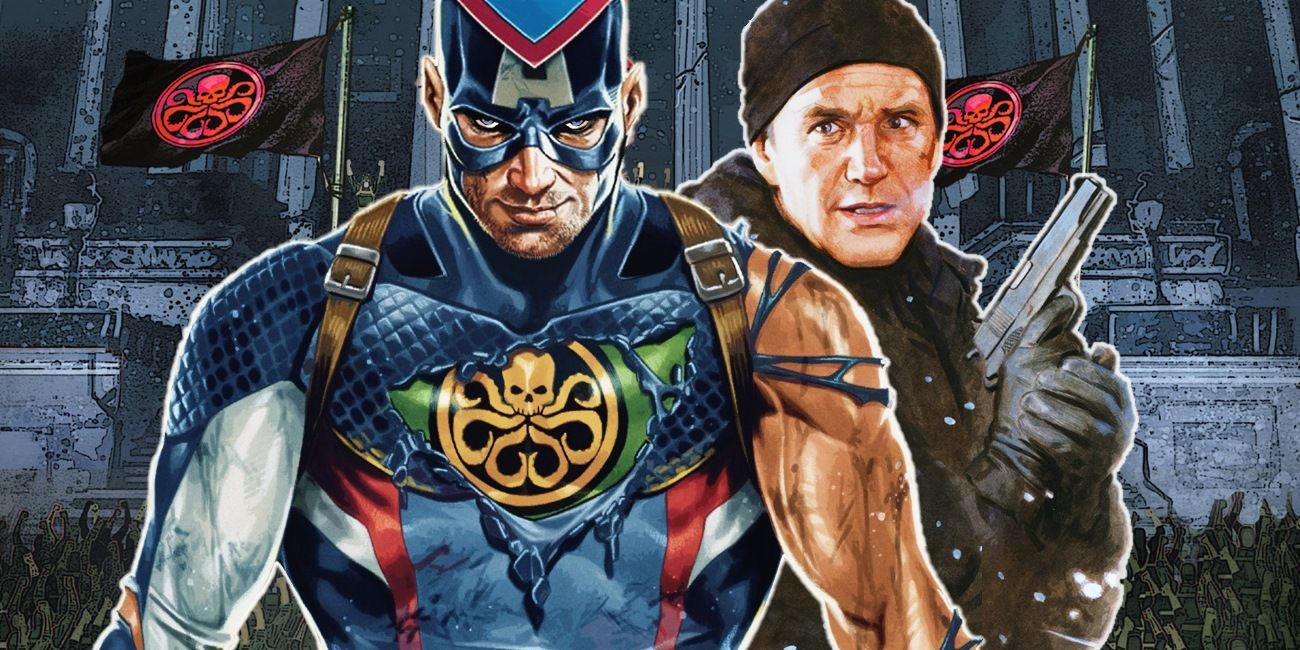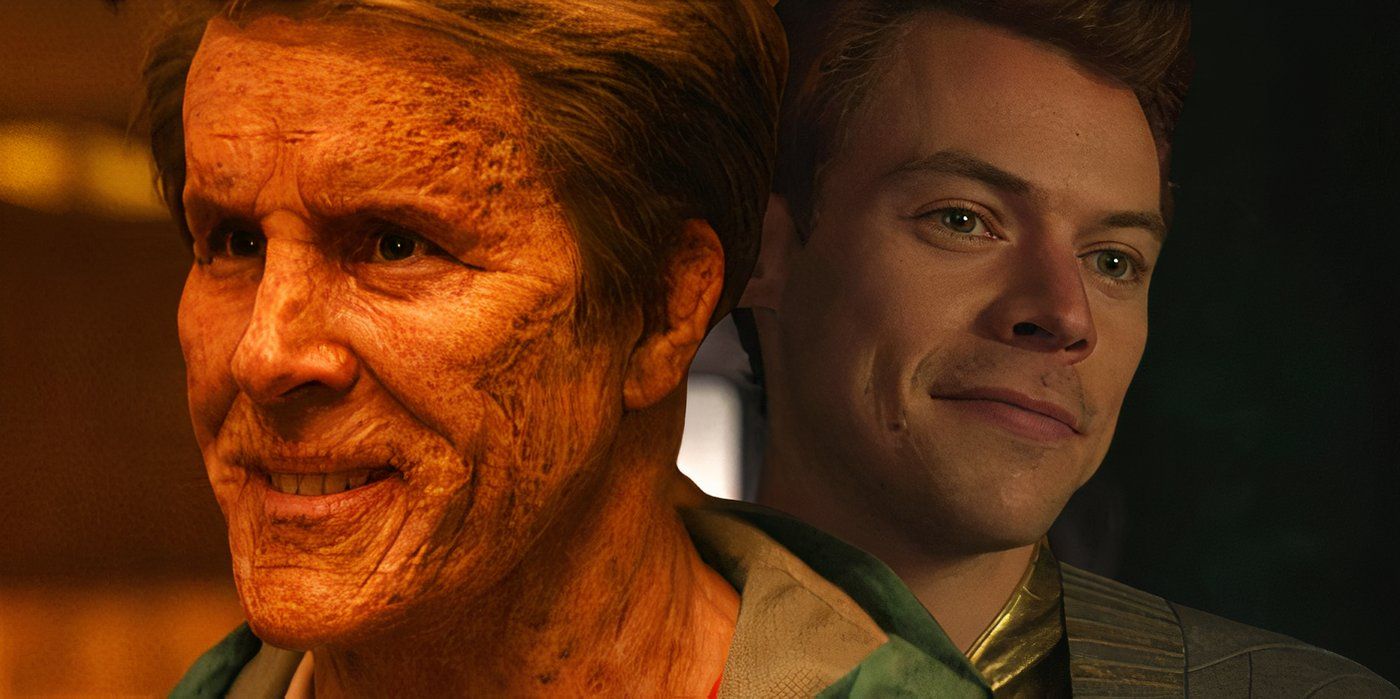The multiverse lies at the heart of the MCU‘s Phase 4 slate, but unfortunately, it’s been handled in a confusing and inconsistent manner. Avengers: Endgame unlocked time travel in the Marvel Cinematic Universe, and swiftly ushered in the multiverse itself. In truth, the multiverse has been part of the MCU for quite some time—ever since Erik Selvig jotted multiversal notes on a chalkboard in Thor: The Dark World. Now, though, it’s become clear the multiverse is central to Marvel’s ongoing plans – with Marvel Studios boss Kevin Feige revealing phases 4-6 are collectively called “The Multiverse Saga.“
It’s easy to see the multiversal setup that runs through the MCU’s Phase 4 – particularly in Loki, Marvel’s What If…?, Spider-Man: No Way Home, and Doctor Strange in the Multiverse of Madness. Unfortunately, as important as the multiverse may be, Marvel’s best efforts to define it have seemed confused and contradictory. In part that’s because Marvel Studios only decided the rules of the MCU’s multiverse shortly after production had wrapped on many of these projects, explaining the inconsistencies.
It doesn’t help that the MCU has tended to use the same words to describe different things. “Dimension,” for example, has been used to refer to everything from alternate timelines to different planes of existence. In order to fully understand the rules of the multiverse, viewers will need to be a lot more careful and precise than Marvel Studios.
The MCU’s Multiverse Is Bigger Than Mere Alternate Timelines
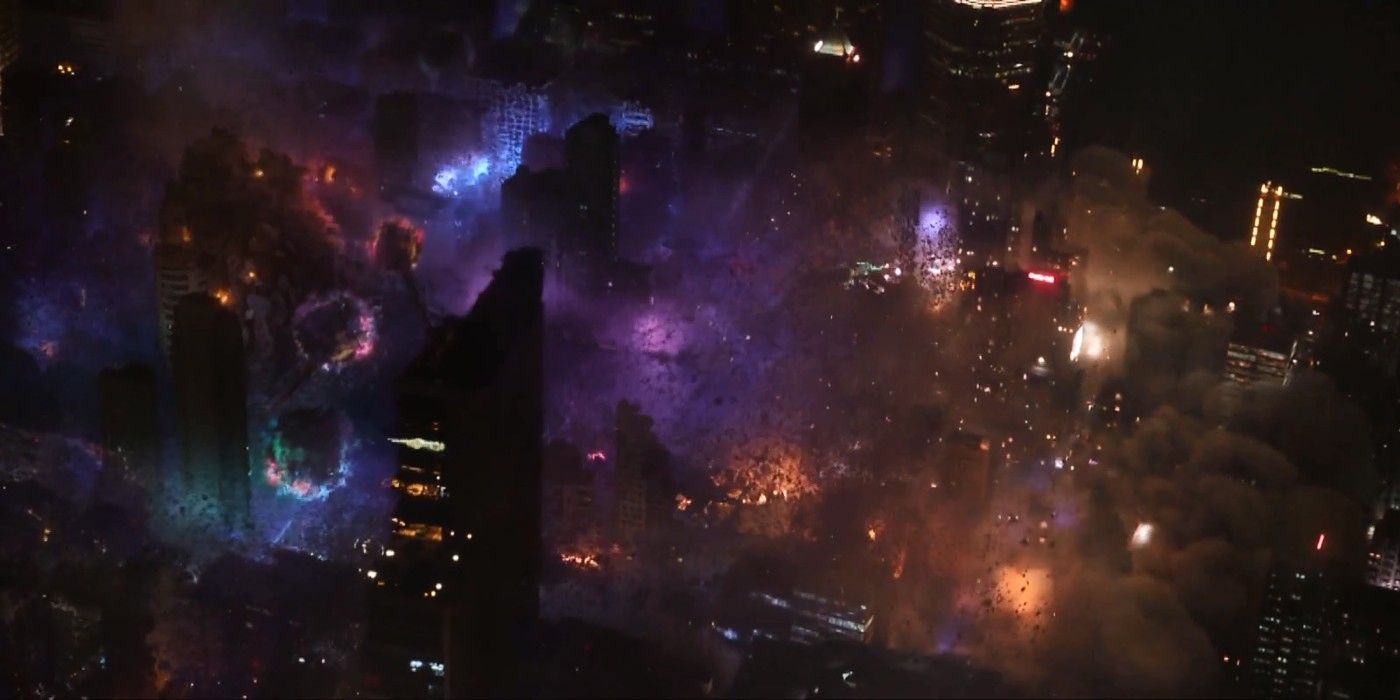
Appropriately enough, the best way to understand the MCU’s multiverse is to refer to the comics themselves. Doctor Strange director Scott Derickson pointed viewers to Doctor Strange: Sorcerer Supreme #21, an issue that defined the multiverse for Marvel Comics – and part of a run that’s continuing to shape the MCU in Phase 4. This comic envisioned Earth at the center of an infinite sea: alternate timelines are just a swim-stroke away; then there are entirely different universes, separated from our own but still close enough to operate in similar ways. The laws of nature change the further away you go, with concepts such as time and space meaning nothing in the likes of the Dark Dimension. Light itself is variable there, subject to local conditions, and the fabric of space itself is described as porous, explaining an abundance of wormholes.
The MCU also uses the word “dimension” in another sense, however; to refer to planes of existence that sit either beneath or above our own, accessed only through sophisticated technology or the most powerful sorcery. The Quantum Realm is one of the former, described by Hank Pym as “a reality where all concepts of time and space become irrelevant as you shrink for all eternity.” Ms. Marvel, meanwhile, has recently referenced the Noor Dimension, which apparently sits above our own and is separated by a barrier of Noor energy.
The Masters of the Mystic Arts Draw Energy From Different Dimensions
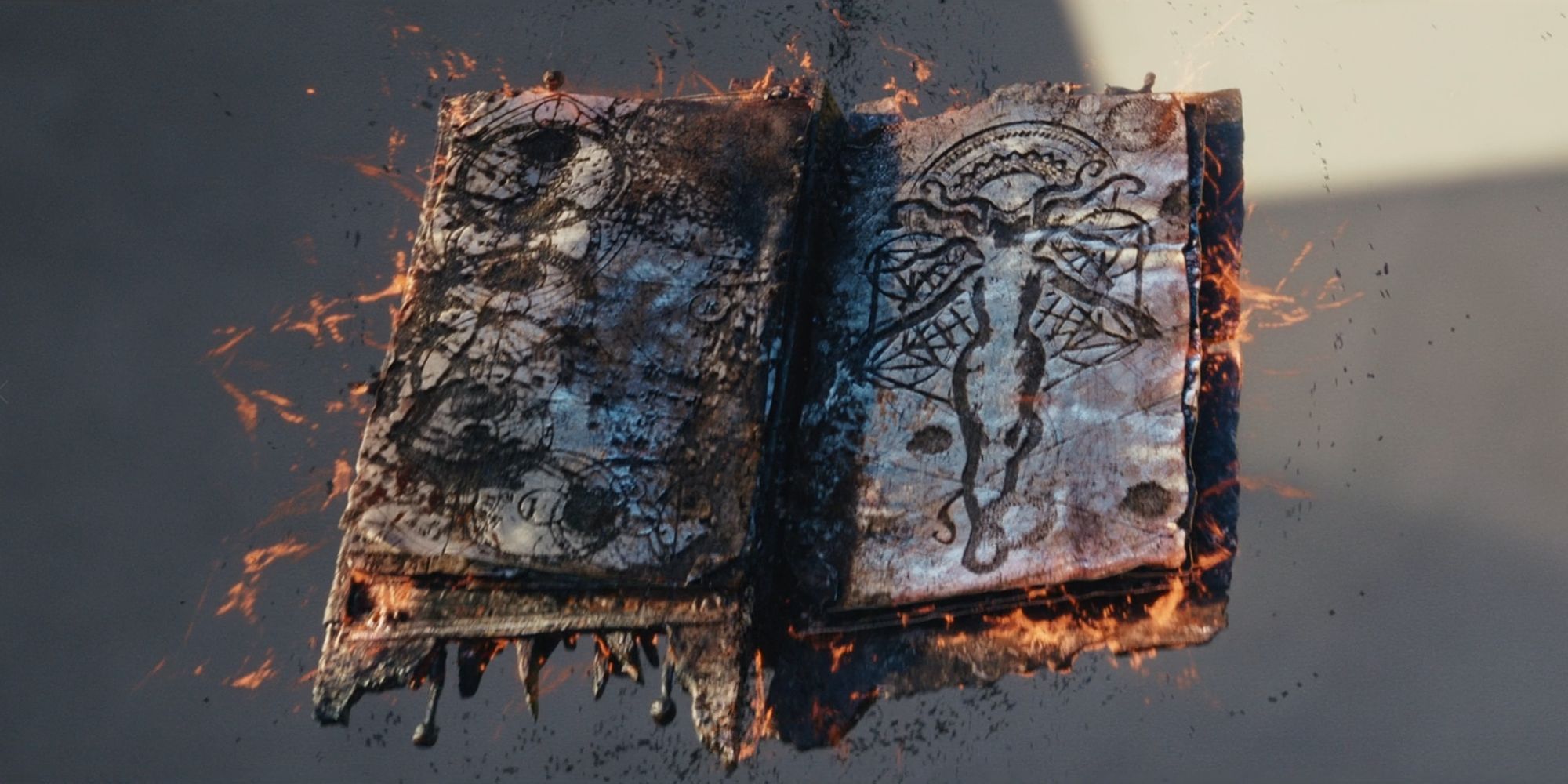
In Doctor Strange, the Ancient One explained that magic involves drawing power from other dimensions and planes of existence. “The language of the mystic arts is as old as civilization,” she explained. “The sorcerers of antiquity called the use of this language ‘spells.’ But if that word offends your modern sensibilities, you can call it ‘program.’ The source code that shapes reality. We harness energy drawn from other dimensions of the multiverse, to cast spells, conjure shields and weapons to make magic.” When the Ancient One referred to different dimensions, she was not meaning alternate timelines – but rather to the power of other planes of existence. The Masters of the Mystic Arts essentially siphon energy from other realms, and use it to rewrite reality around them.
Certain enchanted relics can serve as channels or conduits for energy from other dimensions. WandaVision and Doctor Strange in the Multiverse of Madness revealed this is particularly true of spellbooks like the Darkhold and the Book of Vishanti. The energy channeled by relics and spellbooks is not neutral, however, but rather contains the properties of wherever in the multiverse it is being siphoned from. In the case of the Darkhold, this power is corrupting, while the Book of Vishanti is likely purifying in nature. Sorcerers can also summon creatures from other dimensions, including demons, and ingest their power into themselves.
Loki’s Multiverse & Branched Timelines Explained
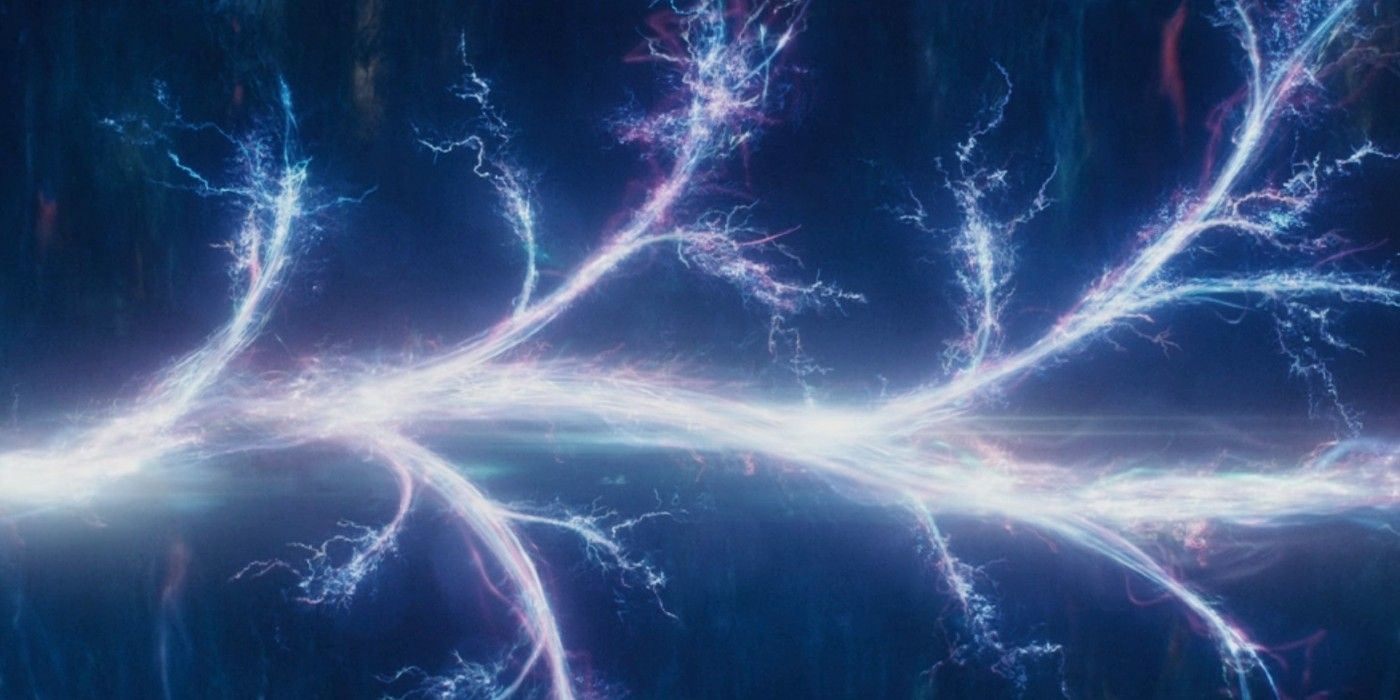
Loki dealt with a different part of the multiverse, however; the idea of alternate timelines. According to Miss Minutes, the timeline is naturally chaotic. Any moment in time has the power to create a “nexus,” a branching of the timelines in which events played out differently. The multiverse is so dynamic Miss Minutes suggested entire timelines could be created simply by someone being late for work. Unfortunately, some of the branched timelines became aware of one another, resulting in a multiversal war. He Who Remains was the winner, and he established the Time Variance Authority to prune the branches and maintain what he called the “Sacred Timeline.” The death of He Who Remains restored this part of the multiverse when Sylvie killed him.
According to Loki director Kate Herron, this part of the MCU’s multiverse is incredibly complex – because branches can connect to other timelines, merging. “If you imagine the branch, it is like another reality,” she explained. “But if the branch extends beyond a certain point, it will then connect to other physical timelines… That last shot we did, there are other like thicker [branches] that are meant to be like our timeline. And there are other timelines like that and the branches are the connectors basically.” Doctor Strange in the Multiverse of Madness suggested these intersections are potentially destructive, resulting in what the MCU calls “incursions” in which alternate timelines are destroyed.
There appears to be some sort of structure to the multiverse, one that is yet to be explained – because both the Illuminati and scientist Erik Selvig used the same numeric designations for their respective Earths, “Earth-616” and “Earth-838.” There’s no reason the inhabitants of two different timelines should use the exact same designations, unless they were based on an identifiable structure. Whatever that may be, beings who originate from different branched timelines are known as “variants,” and in the comics they’ve sometimes been given their universal designation for clarity’s sake, e.g. Doctor Strange 616.
America Chavez Is The Most Important Person In The Multiverse
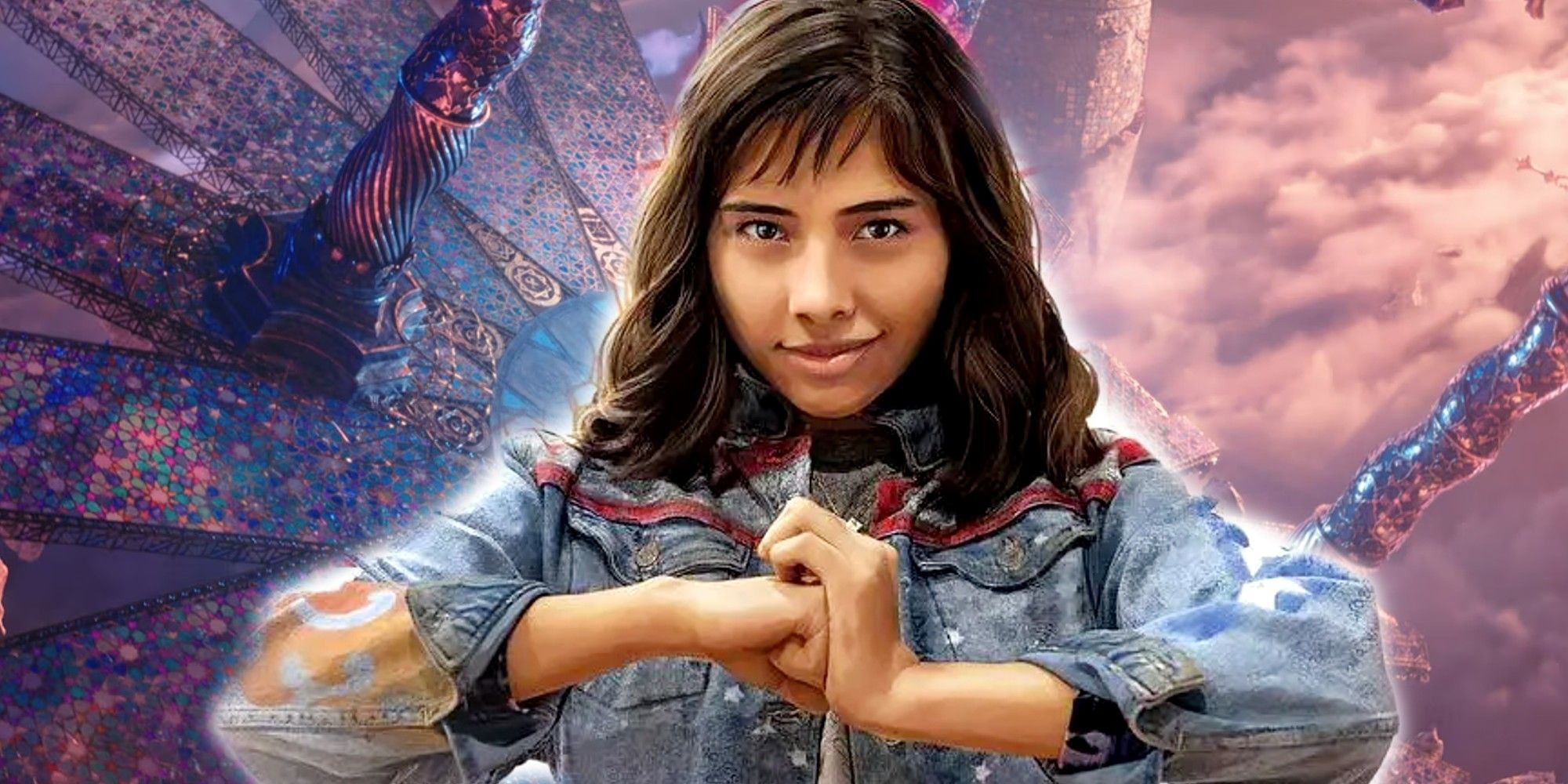
Doctor Strange in the Multiverse of Madness introduced America Chavez, who possesses the power to open portals across the multiverse. There seems to be no limit to America’s ability, because she was able to transport Doctor Strange into branched timelines similar to his own and to other dimensions were the laws of physics operated in a completely different way. Giving a sense of the scale of America Chavez’s power, in Ms. Marvel Bruno noted interdimensional portals were theoretically possible but would require the base energy of the sun itself. It’s reasonable to assume America is in fact a living conduit of some kind, drawing this energy from another plane in the multiverse – but it’s unclear where.
America appears to be unique in the multiverse, in that there are no variants of her in any reality. This suggests America’s presence in a branch actually affects its nature, somehow preventing the creation of new nexus points; should a new branch be created around America, it would naturally mean variants were created. This really does make America Chavez the most important, and potentially the most powerful, being in the MCU‘s confusing multiverse – and no doubt Phase 4 will explore more about how her powers work.
Key Release Dates

Black Panther: Wakanda Forever
Release Date:2022-11-11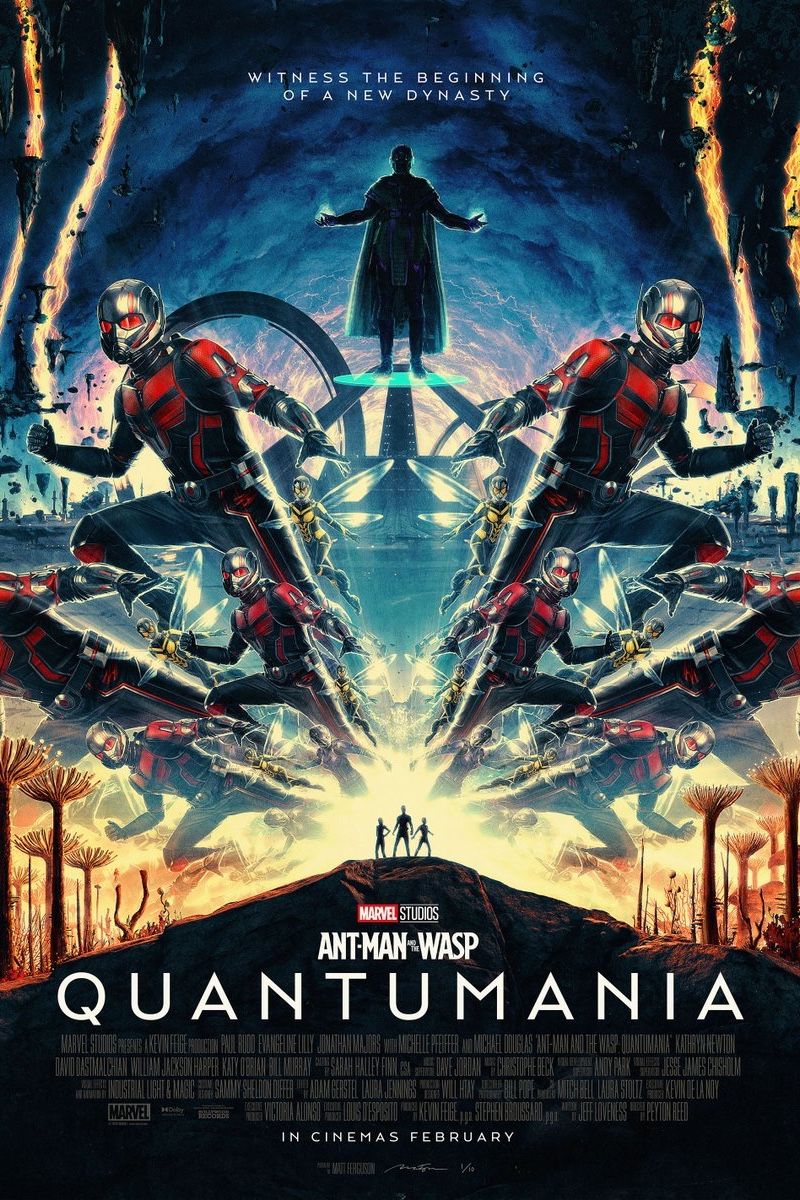
Ant-Man & the Wasp: Quantumania
Release Date:2023-02-17
Guardians of the Galaxy Vol. 3
Release Date:2023-05-05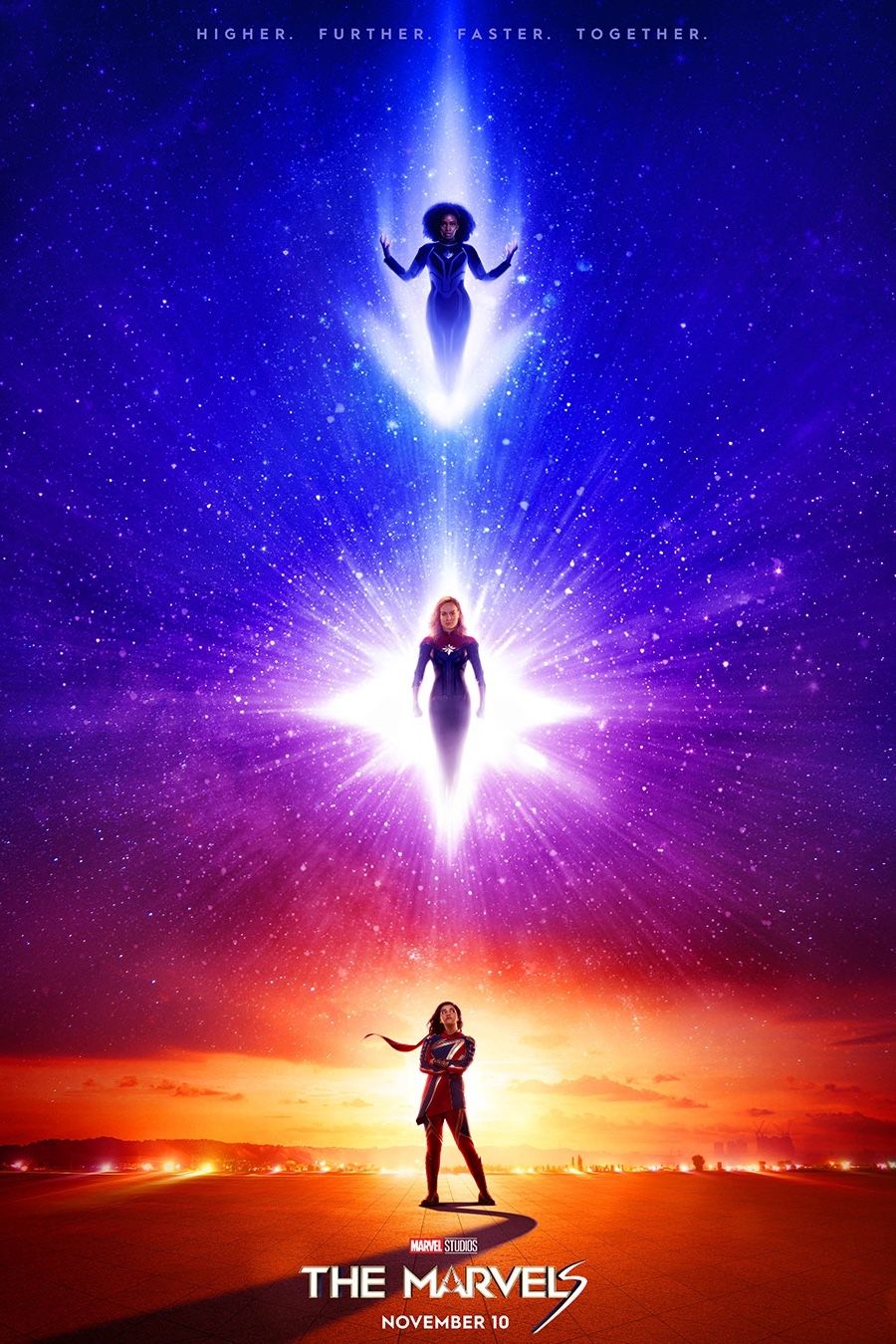
The Marvels
Release Date:2023-11-10
